
Background: Nikon’s First Consumer Mirrorless
What you’ll get: A look back at how Nikon positioned the J1 as a quirky, forward-thinking hybrid camera.
Launched in 2011, the Nikon 1 J1 was Nikon’s first consumer mirrorless attempt. Built around the CX-format sensor and Nikon 1 mount, it was meant to bridge compact portability with interchangeable lens creativity. While discontinued in 2018, the J1 still intrigues on the second-hand market for its distinctively pocket-friendly design and out-of-the-box features.
Remembering my first encounter with a white J1, it felt like meeting a gadget from an alternate timeline—familiar yet refreshingly oddball.
Key Technical Characteristics That Still Matter
What you’ll get: The standout specs that still hold creative relevance more than a decade later.
Sensor and Speed
With a 10MP 1-inch CMOS sensor, the J1 easily surpasses many smartphone cameras for natural depth rendering. Its 60fps burst mode still feels shockingly modern, letting you freeze fast action with ease.
Video & Lo-Fi Quirks
The camera shoots 1080p video and features fun slow-motion modes that, while lo-fi, are rich in creative mood. For hybrid creators, this balance of stills and video is still exciting.

Who Benefits from the Nikon 1 J1 Today?
What you’ll get: Understanding who best uses this discontinued gem today.
The Nikon 1 J1 offers pocket-friendly portability for street photographers, while hybrid shooters and media students enjoy its experimental quirks. Beginners stepping up from smartphones will also value the chance to work with real interchangeable lenses.
I once shot an event only with a quirky tool, and its limitations forced me to see compositions differently—the J1 does the same.
Creative Work the J1 Excels At
What you’ll get: Use cases where the Nikon 1 J1 still shines creatively.
- Street and travel snapshots without drawing attention.
- Slow-motion video clips for lo-fi aesthetics.
- Quick vlogs with character-packed imagery.
- Action bursts for wildlife or sports sketches.
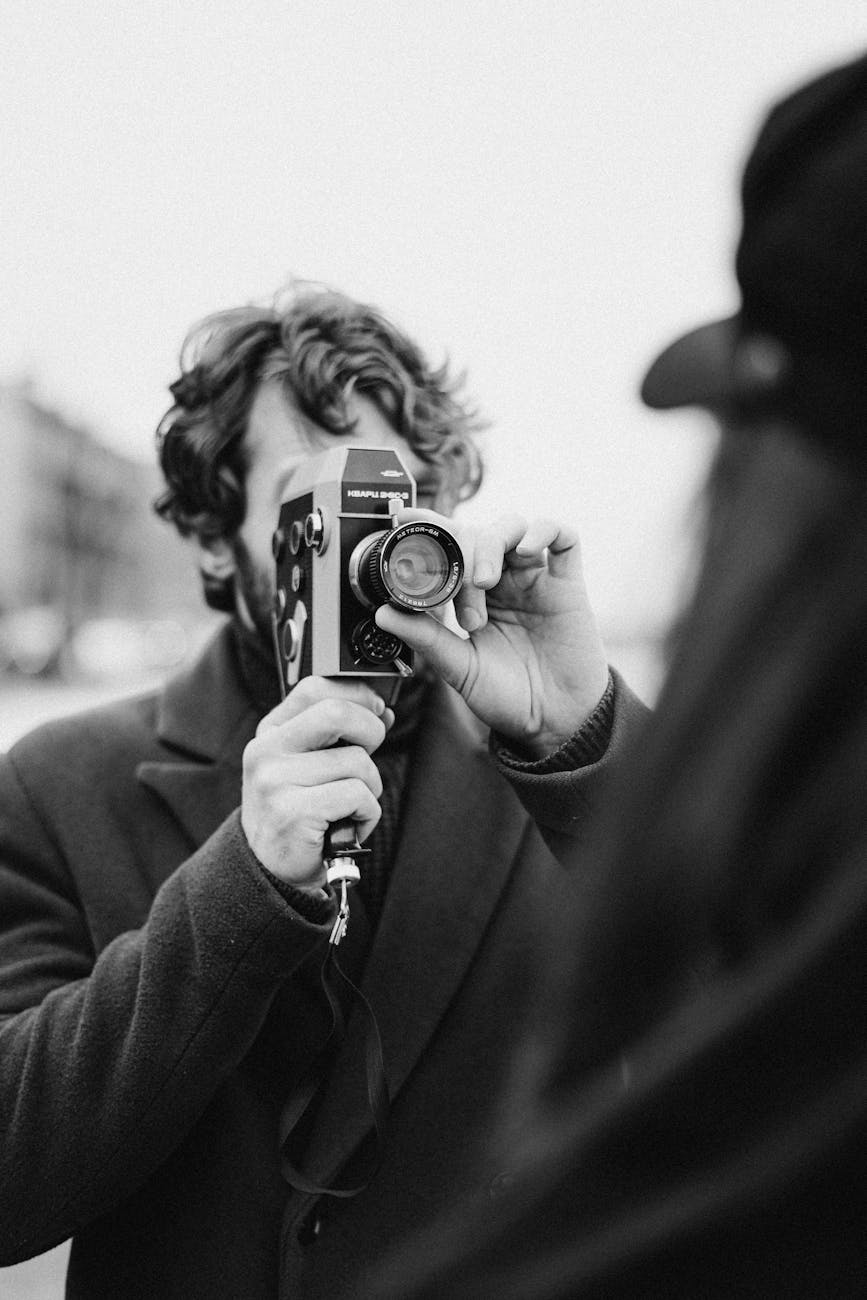
Buying a Nikon 1 J1 Second-Hand: Checklist
What you’ll get: Practical steps to avoid pitfalls when buying a Nikon J1 used camera.
- Inspect lens zoom and aperture responsiveness.
- Test autofocus speed and subject tracking.
- Record short video to check reliability.
- Examine EN-EL20 battery compartment and door for cracks.
- Ensure the camera recognizes all Nikon 1 lenses without errors.
I once skipped testing the shutter on a second-hand camera—lesson learned: always check the basics before buying.
Accessories and Setups That Extend Its Use
What you’ll get: How to maximize your J1 experience today.
Native 1-Mount Options
Pair it with the 18.5mm f/1.8 to unlock surprising creativity in a tiny, lightweight form.
Adapters and Extra Tools
The FT1 adapter allows access to Nikon F-mount glass, transforming the J1 from pocket toy into quirky hybrid system. Adding tripods or gimbals also stabilizes video work significantly.

Conclusion: The J1’s Role in 2025
What you’ll get: A reflection on where the J1 fits in 2025’s photography ecosystem.
While it can’t replace your smartphone or a modern mirrorless, the Nikon 1 J1 second hand retains creative character. Its lo-fi edge, affordability, and compact charm still give creatives a reason to pick it up.
Like keeping an old notebook long after upgrading laptops, some tools stay because they spark joy—that’s the J1 today.
Quick decision
- Best for: beginners, students, and quirky content creators.
- Not ideal for: low-light shooters or high-resolution needs.
- Strength: fast bursts and pocket-friendly style.
- Mind the kit lens: often the weakest point.
Pros
- Tiny, lightweight body with unique design.
- Fast 60fps shooting speed.
- Second-hand affordability.
- Fun creative slow-motion modes.
Cons
- Only 10MP image resolution.
- Discontinued lenses can be hard to source.
- Weak battery life without spares.
FAQs
Is the Nikon 1 J1 still worth buying in 2025? Yes, for creatives, beginners, and experimental shooters valuing affordability and quirky uniqueness, though it lags in modern resolution.
What should I check before buying a Nikon 1 J1 second-hand? Test the kit lens mechanism, autofocus, battery door, lens detection, and ensure video recording works cleanly.
What lenses work best with the Nikon 1 J1? Native primes such as the 18.5mm f/1.8 and 32mm f/1.2, or Nikon F glass via the FT1 adapter.
Can the Nikon 1 J1 replace my smartphone camera? Not fully—smartphones excel in convenience and low-light, but the J1 adds burst speeds and quirky lens flexibility.
Find your next affordable hybrid tool in our digital cameras range.




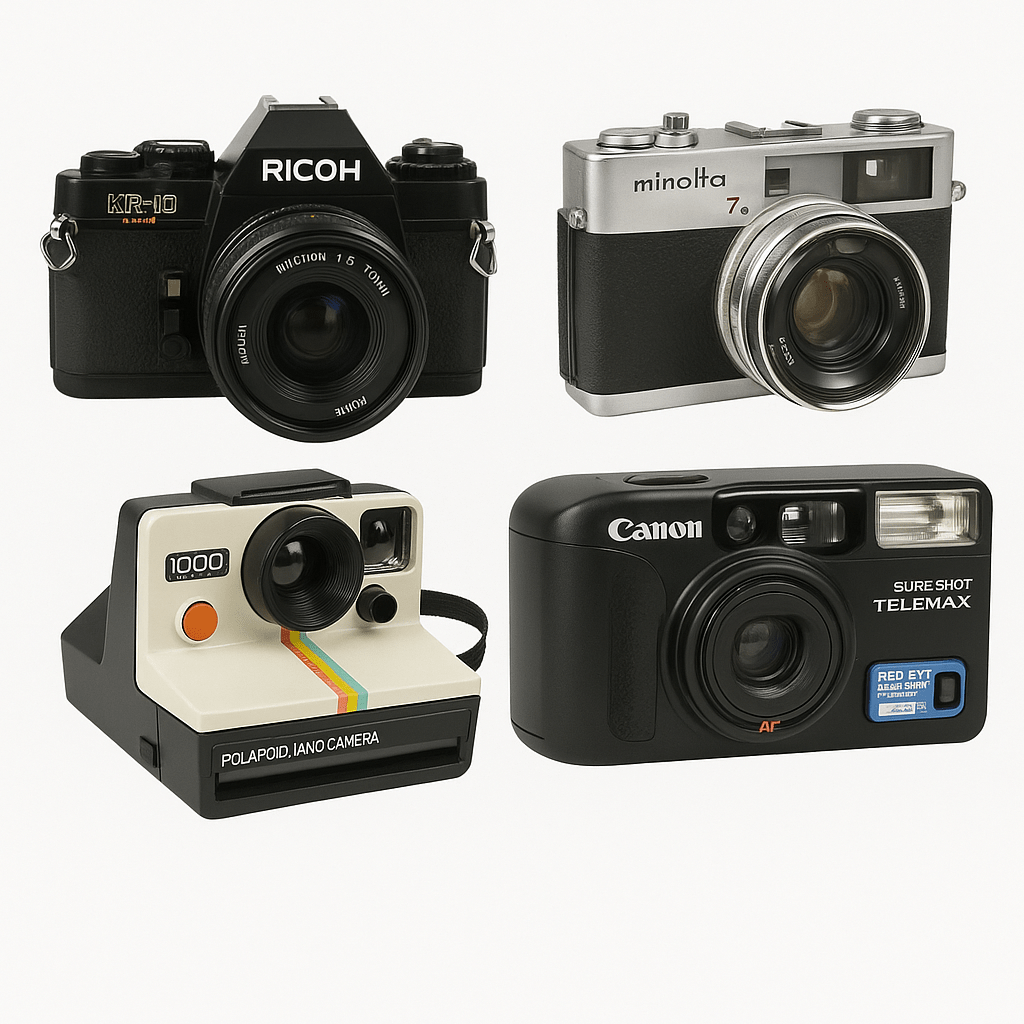
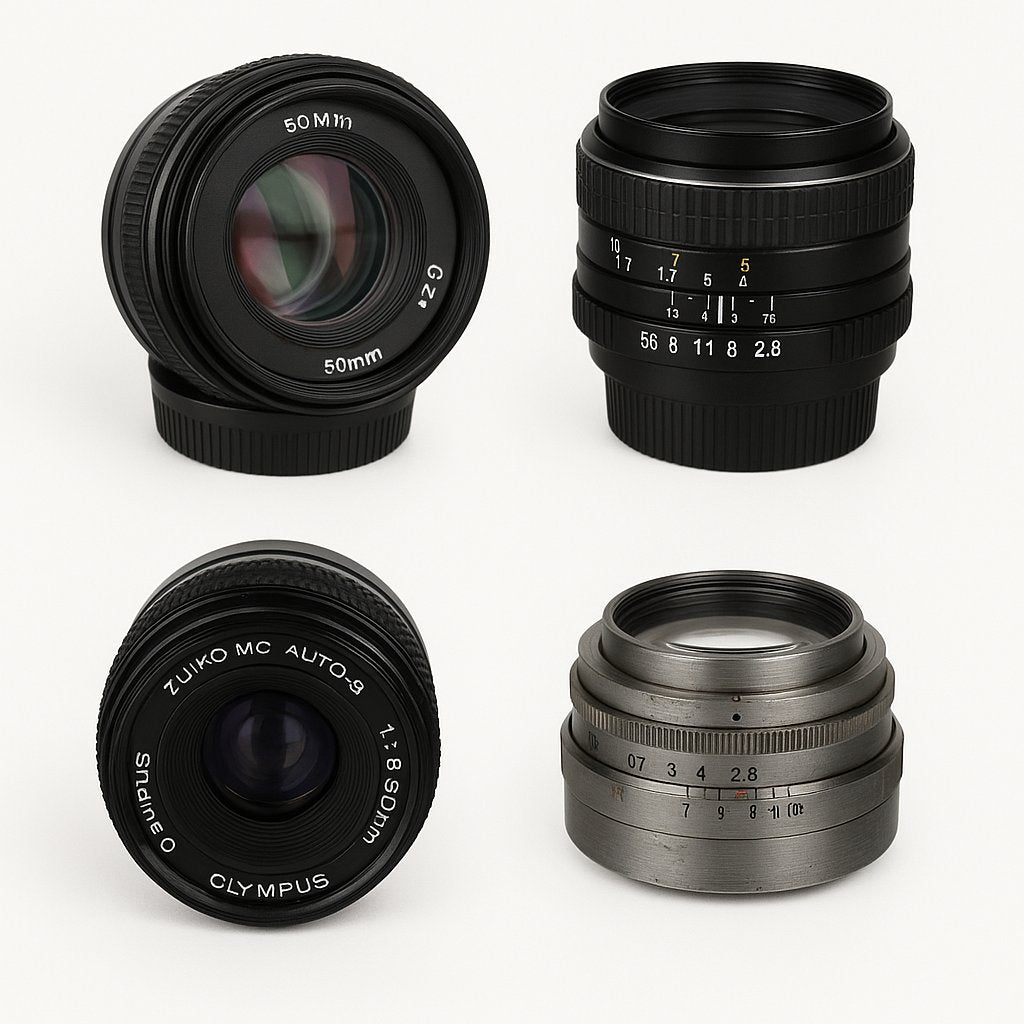
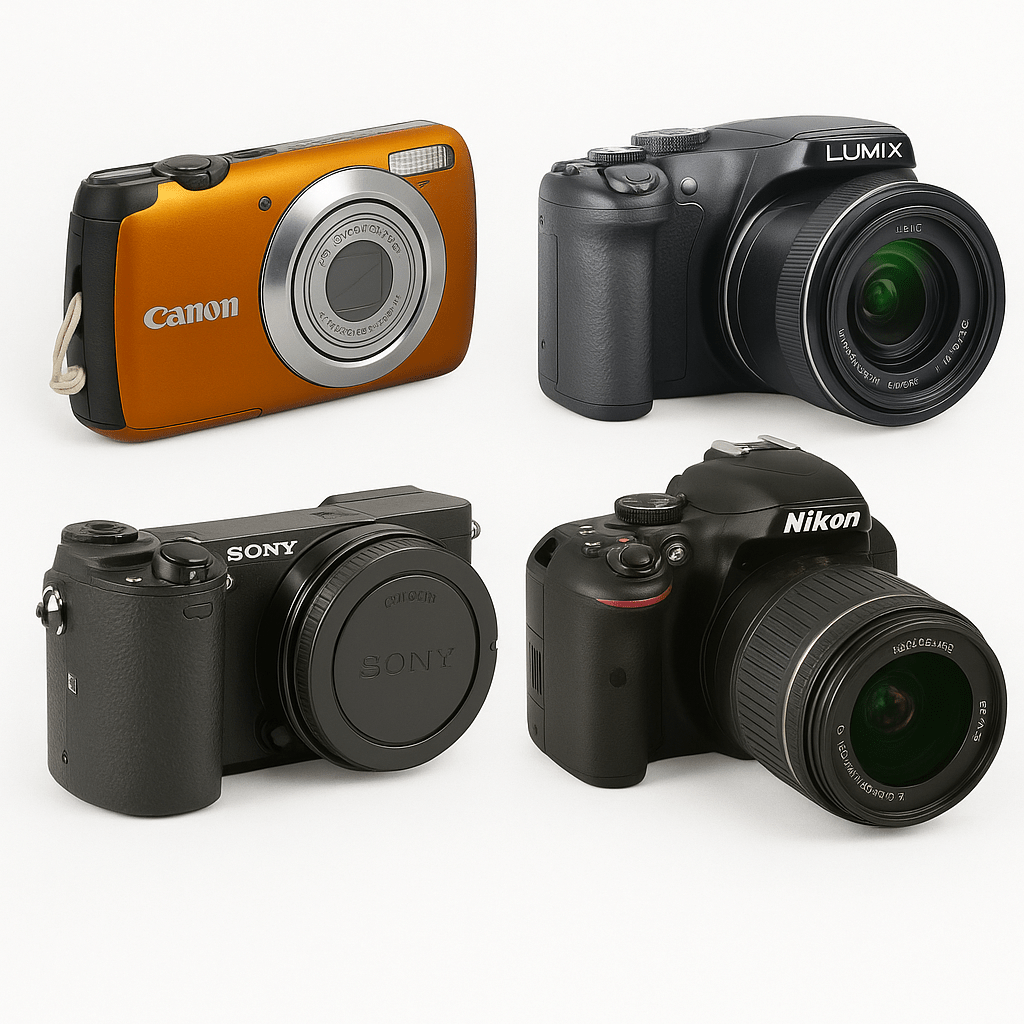
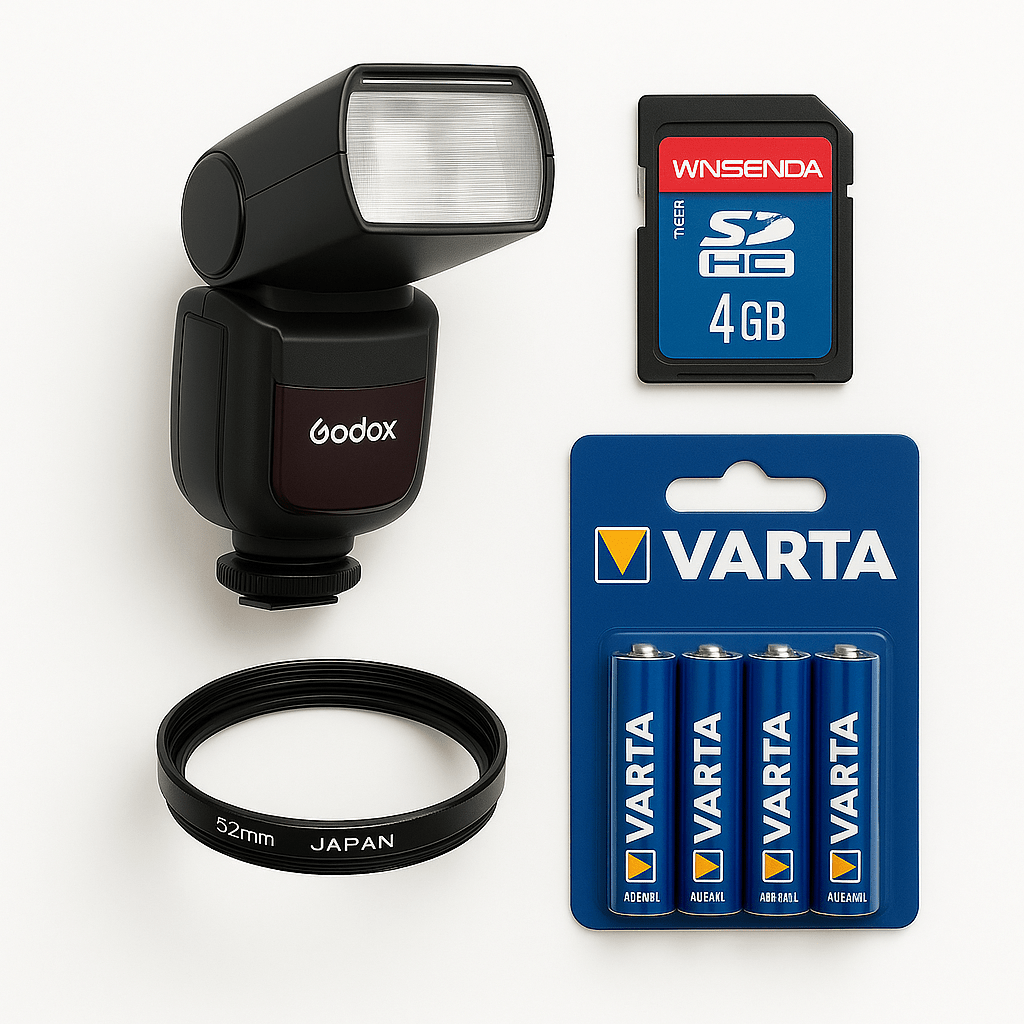
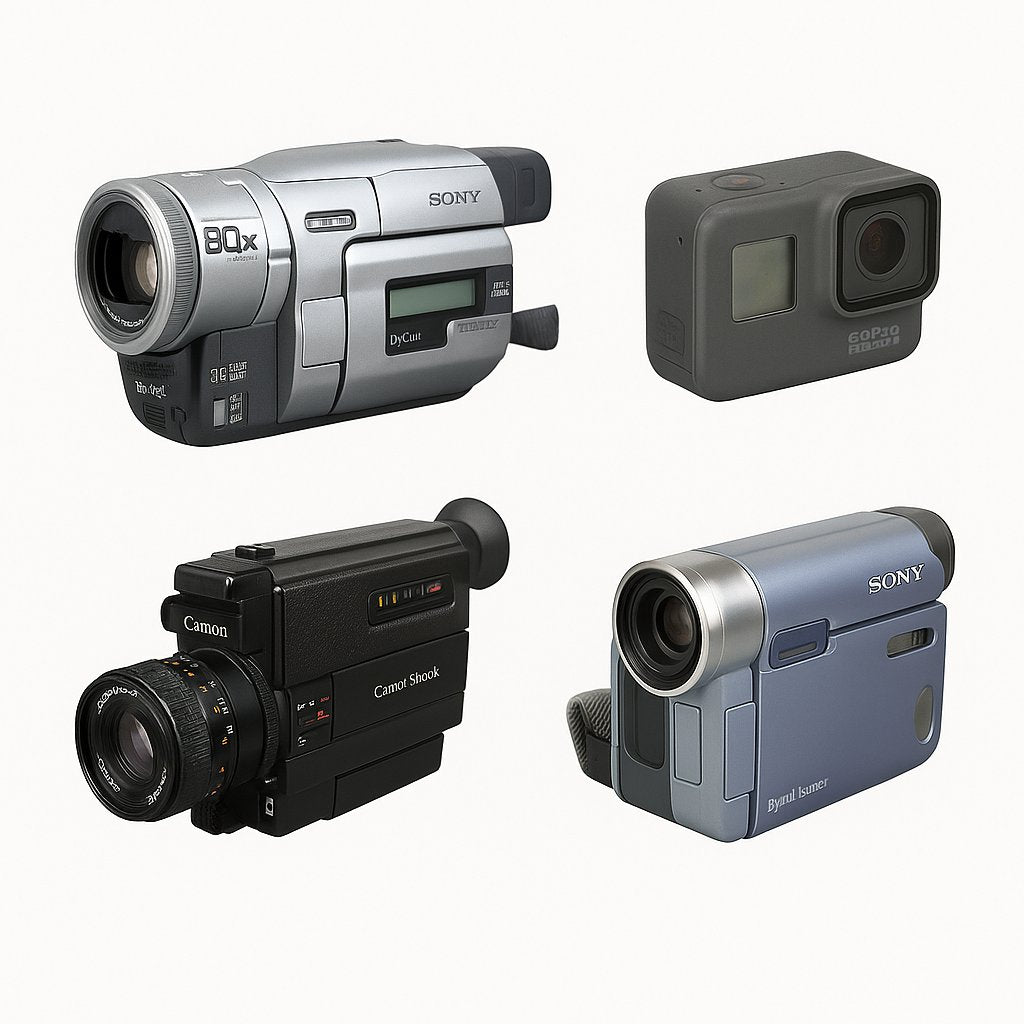
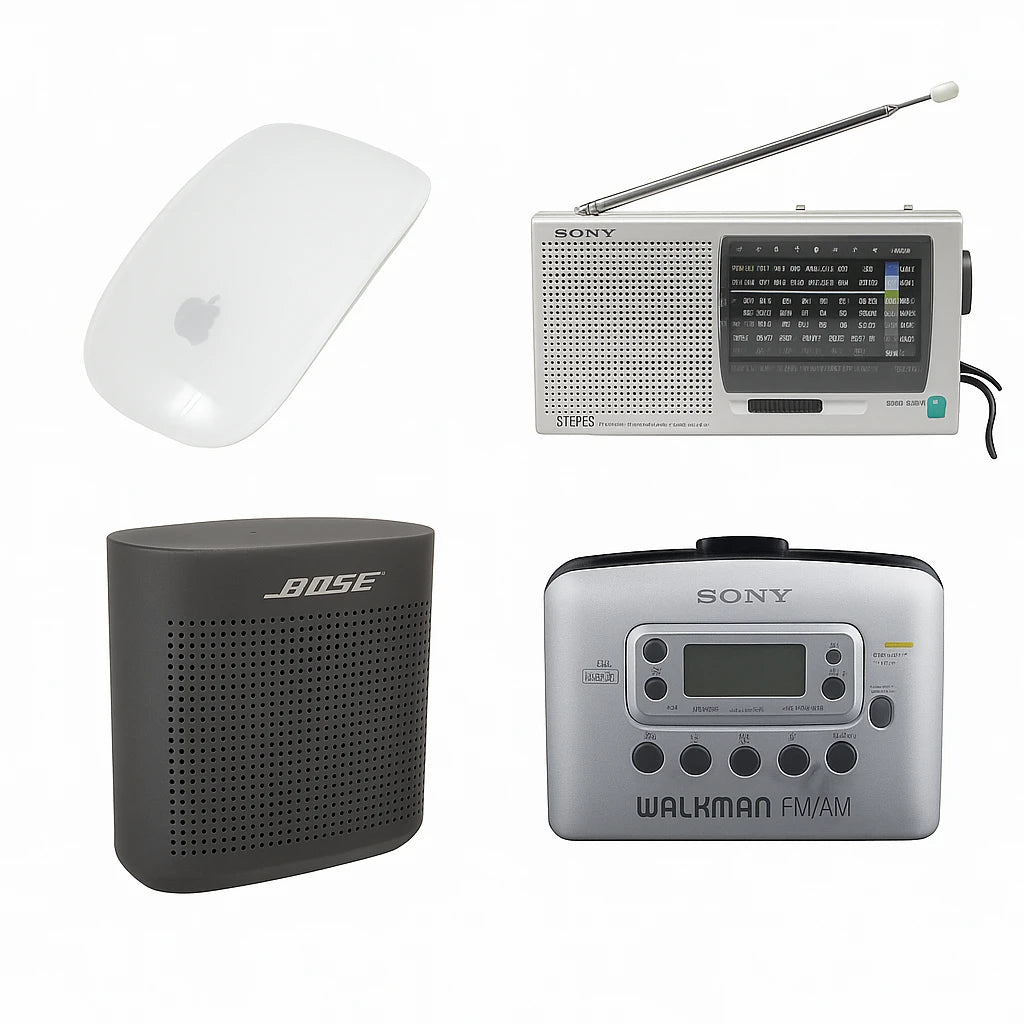
0 comments